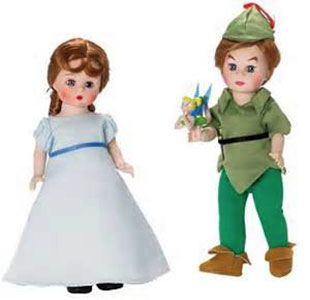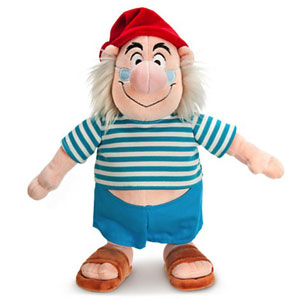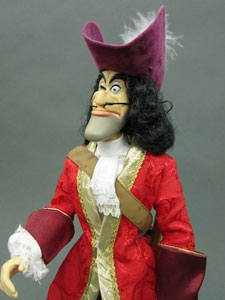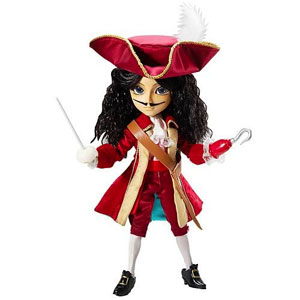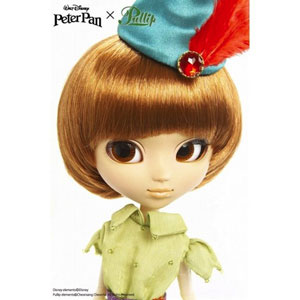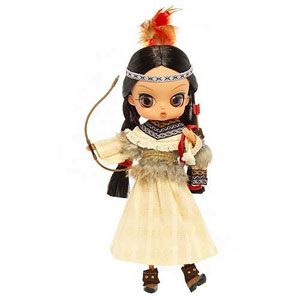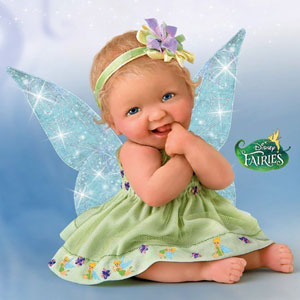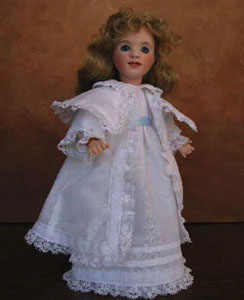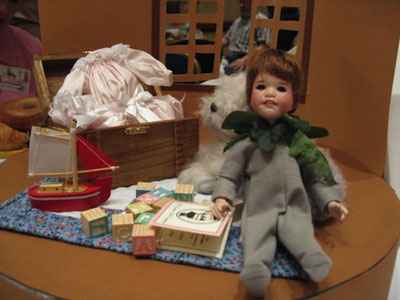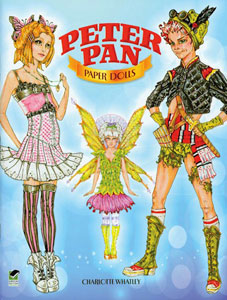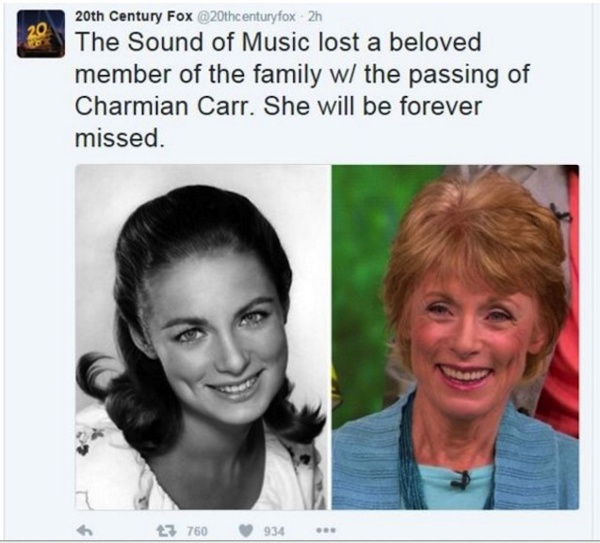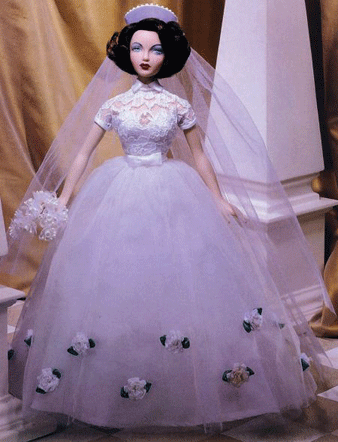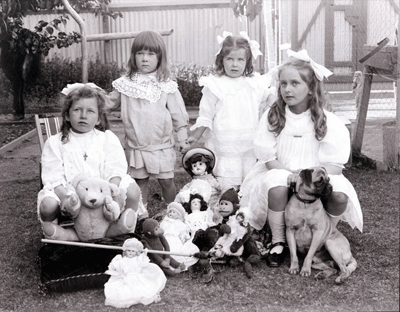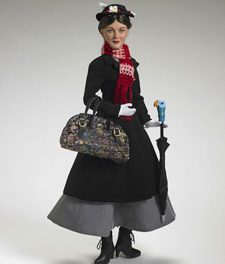My son’s middle name is Peter. Nothing special or unusual about that. However, my son was adopted from China, where the name his orphanage assigned him was Pan Zhi Hong. Now, as a literature-loving mom and a particular fancier of Victorian and Edwardian tales, I couldn’t let the sign pass me by. How many people have you met with the actual name of “Pan”? I had never met one until I met my son.
When we Americanized his name, I knew instantly that “Peter” was going to be a part of it. And it was. It’s his middle name, and it flows beautifully with his first name, last name, and Chinese name, which is retained legally. (His full name is a mouthful!)
No matter how old my son will be, there is a part of him that will always retain the spirit and the mystique of the perennial boy child, Peter Pan. Or, at least, it will from my maternal vantage point.
I’m thinking a lot about Peter Pan because Disney has been bombarding me with teasers about how the Blu-Ray Special Edition version is going to be vanishing soon, heading back to the vault. So, the young lad who refuses to ever grow up is flying high in my mind.
Back when I was a little girl, I adored the notion of Peter Pan and being able to soar above the rooftops of London (though in my case, it would be above the apartment buildings of Brooklyn). I thought it would be so amazing to have adventures, to live in a children’s paradise, and to battle pirates—with victory assured, of course.
Now, as an adult, I still love Peter Pan and his mythology, but my empathy and sympathy is for poor dear Wendy. Just a child herself really, she is drafted into becoming a mother for a whole brood of lost boys, which include Peter himself. She is forced to endure how Peter has a throng of female admirers amongst Indians, mermaids, and a rather threatening, menacing fairy. These “other women” make no bones about it: they dislike Wendy intensely. They plot against her, attempt to drown her, plan to murder her, and even arrange for her death at the hands of the naïve band of boys. These amorous assassins include—and this is hard to wrap one’s mind around—the perky pixie herself, Tinker Bell.
For all of her reputation rehabilitation due to Disney’s afternoon child-friendly series, the original way they presented Tinker Bell was as a rather jealous, spiteful, dangerous, and vengeful sprite. Despite her jealousy of and hostility toward Wendy, Tink proved her loyalty to Peter and was willing to die to save his skin. Gosh, women would do just about anything for him, wouldn’t they?
If I don’t ponder its feminist/chauvinist roots too long, I find “Peter Pan” to be an excellent coming-of-age story. It shows how maturity eventually comes knocking for all of us, and we are forced to put away childish pursuits, childish friends, childish experiences. In plain English, we grow up.
Peter and Tink and Wendy have also been circulating a lot for me because I have a new neighbor. He likes to blare his music, and his hit parade features a heavy rotation of Springsteen. (We live in New Joisey, what do you expect?)
The song he’s really been cranking this past week is “Born to Run.” He must have it on a perpetual loop because it’s what I hear when he pulls up in his car, top down and radio set to 11, and what I hear whenever he leaves or arrives. It’s always on in some form or another, plus it’s his ringtone.
So, what does “the Boss” have to do with Peter Pan? The famous lines from “Born to Run”—Wendy, let me in, I wanna be your friend, I want to guard your dreams and visions—was a salute to the famous James M. Barrie creation.
Yes, little-known point: with all of the female names available for Bruce to choose from, he opted for “Wendy.” In an in-depth interview, he admitted that a lot of the time he spent on the boardwalks of the Jersey Shore was “Peter Pan-ish.” He was always chasing after elusive dreams, teenage pleasures, and trying to prolong his youth. What better name, then, for the girl who would be helping him fulfill his destiny. Naturally, it would be a “Wendy” to help him discover that he was born to run.
And, even more interesting, it was rumored by rock-and-roll reporter Peter Knobler that when Bruce had a house in Long Branch, New Jersey, back in the 1970s, the place was filled with motorcycle magazines, 45 rpm records, and a poster hanging over Springsteen’s bed of Peter leading Wendy out the nursery window. That’s a telling detail!
With all of these Pan-centric thoughts swirling in my brain, I’ve decided to release them in this week’s blog. I know that somewhere deep in my consciousness I want to believe in fairies. And as long as my kids are both still losing their teeth, I most certainly will! Here, then, is my homage to the cast of characters who continue to reside in Neverland—they tease us with their perennial youth, comfort us with their familiarity, and remind us that childhood is a land that most of us can never return to . . . unless you’re Peter Pan.



